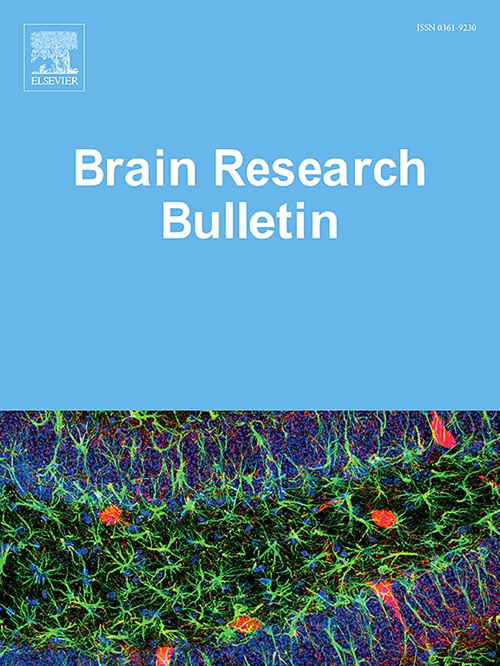MCDGLN: Masked connection-based dynamic graph learning network for autism spectrum disorder
IF 3.5
3区 医学
Q2 NEUROSCIENCES
引用次数: 0
Abstract
Autism Spectrum Disorder (ASD) is a neurodevelopmental disorder characterized by complex physiological processes. Previous research has predominantly focused on static cerebral interactions, often neglecting the brain’s dynamic nature and the challenges posed by network noise. To address these gaps, we introduce the Masked Connection-based Dynamic Graph Learning Network (MCDGLN). Our approach first segments BOLD signals using sliding temporal windows to capture dynamic brain characteristics. We then employ a specialized weighted edge aggregation (WEA) module, which uses the cross convolution with channel-wise element-wise convolutional kernel, to integrate dynamic functional connectivity and to isolate task-relevant connections. This is followed by topological feature extraction via a hierarchical graph convolutional network (HGCN), with key attributes highlighted by a self-attention module. Crucially, we refine static functional connections using a customized task-specific mask, reducing noise and pruning irrelevant links. The attention-based connection encoder (ACE) then enhances critical connections and compresses static features. The combined features are subsequently used for classification. Applied to the Autism Brain Imaging Data Exchange I (ABIDE I) dataset, our framework achieves a 73.3 % classification accuracy between ASD and Typical Control (TC) groups among 1035 subjects. The pivotal roles of WEA and ACE in refining connectivity and enhancing classification accuracy underscore their importance in capturing ASD-specific features, offering new insights into the disorder.
求助全文
约1分钟内获得全文
求助全文
来源期刊

Brain Research Bulletin
医学-神经科学
CiteScore
6.90
自引率
2.60%
发文量
253
审稿时长
67 days
期刊介绍:
The Brain Research Bulletin (BRB) aims to publish novel work that advances our knowledge of molecular and cellular mechanisms that underlie neural network properties associated with behavior, cognition and other brain functions during neurodevelopment and in the adult. Although clinical research is out of the Journal''s scope, the BRB also aims to publish translation research that provides insight into biological mechanisms and processes associated with neurodegeneration mechanisms, neurological diseases and neuropsychiatric disorders. The Journal is especially interested in research using novel methodologies, such as optogenetics, multielectrode array recordings and life imaging in wild-type and genetically-modified animal models, with the goal to advance our understanding of how neurons, glia and networks function in vivo.
 求助内容:
求助内容: 应助结果提醒方式:
应助结果提醒方式:


